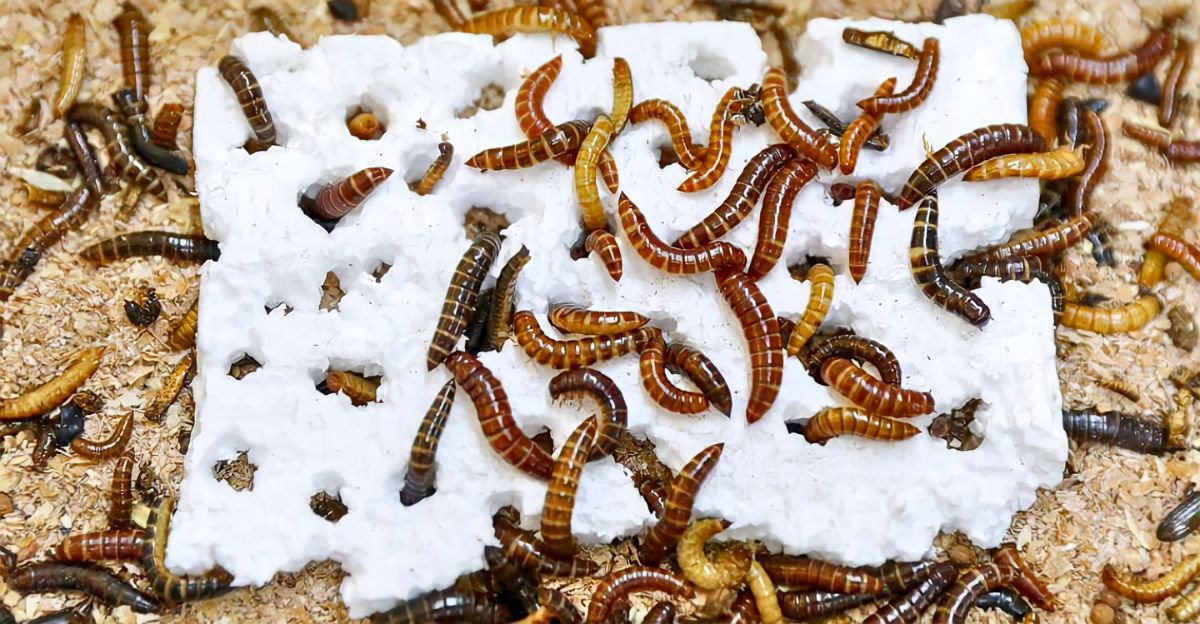
A research team from Kenya made a discovery that could change how we dispose of plastic and potentially solve our increasing waste crisis. The team found that the lesser mealworm larvae can consume plastic packaging materials such as Polystyrene, when combined with other nutrients. This discovery sparks questions not only about the potential to fix our waste crisis but the ecological, environmental and ethical consequences of using this species to solve man-made problems.
The Growing Menace of Plastic Pollution
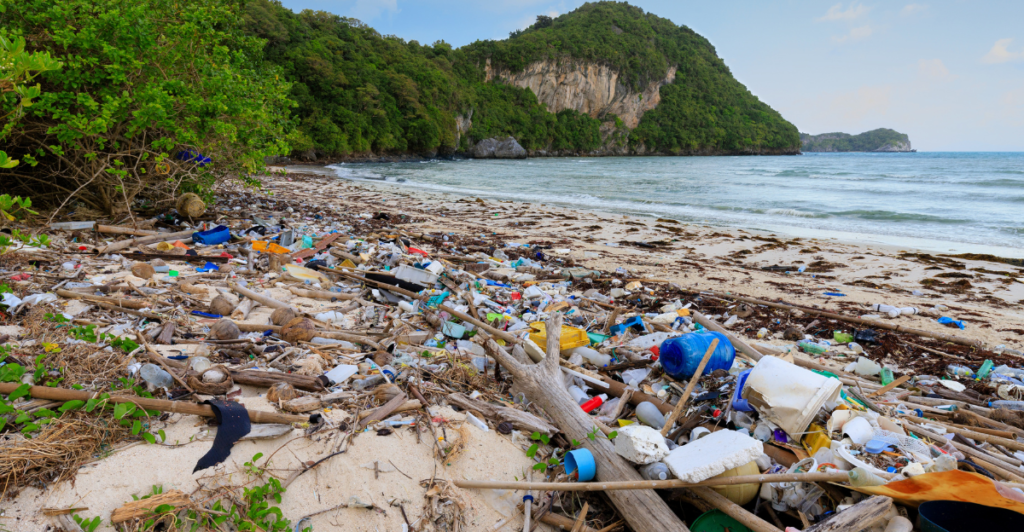
Plastic pollution has become one of the most pressing environmental challenges of our time, threatening marine ecosystems, wildlife, and human health. A 2020 report by The Pew Charitable Trusts suggested that the volume of plastic entering the ocean could triple to 29 million metric tons annually by 2040 as a result of excessive production, consumption, and improper disposal of plastic items.
An Unlikely Hero Emerges
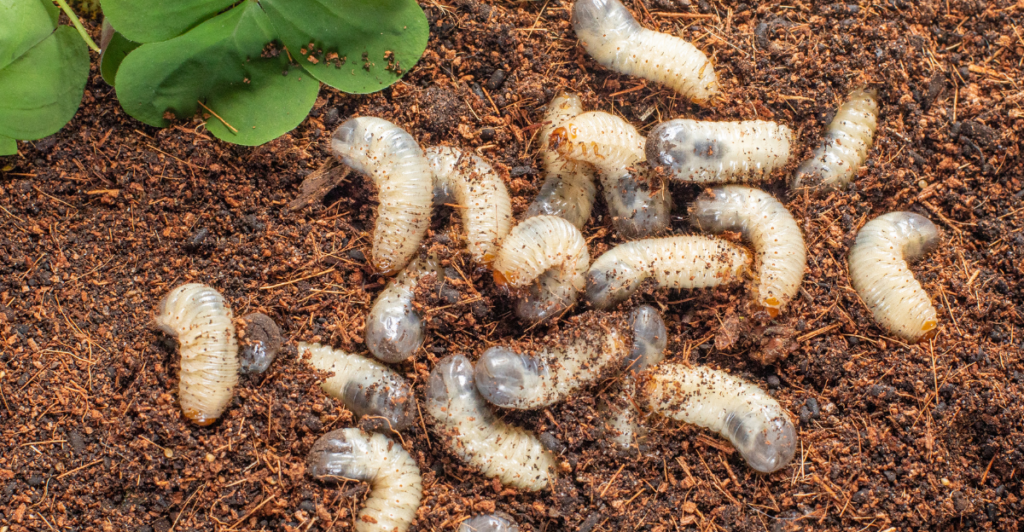
In looking to address plastic pollution problems, scientists have turned their attention to mealworms, the larval stage of darkling beetles. These insects have been found to consume and break down certain types of plastic, particularly polystyrene, commonly known as Styrofoam. This discovery has opened new avenues for biological approaches to the plastic waste crisis.
The Kenyan Breakthrough
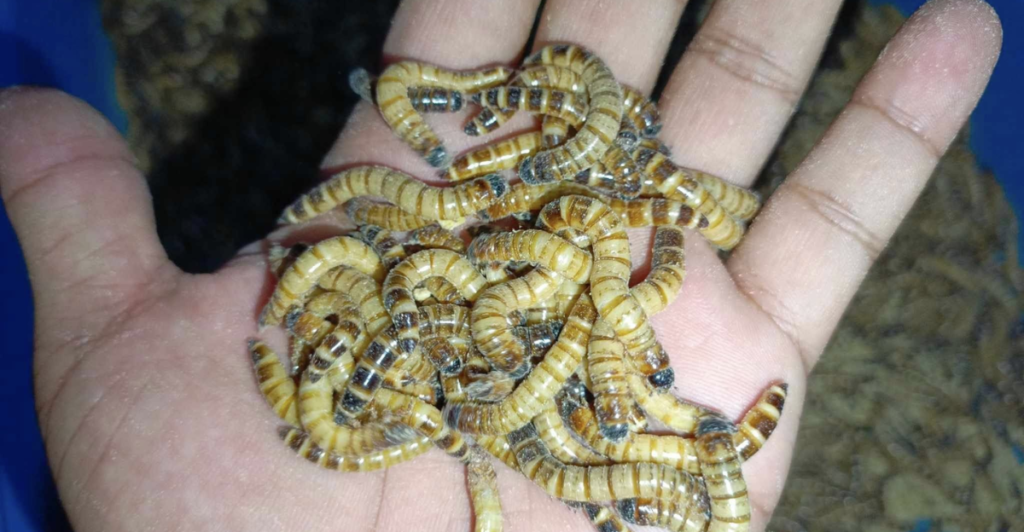
In 2024, researchers at the International Centre of Insect Physiology and Ecology (Icipe Centre) in Kenya made a groundbreaking discovery involving the lesser mealworm, a species native to Africa. Led by Dr. Fathiya Khamis, the team had been studying insects as potential food sources but instead found that these larvae could consume polystyrene, a common plastic pollutant.
The Digestion Process
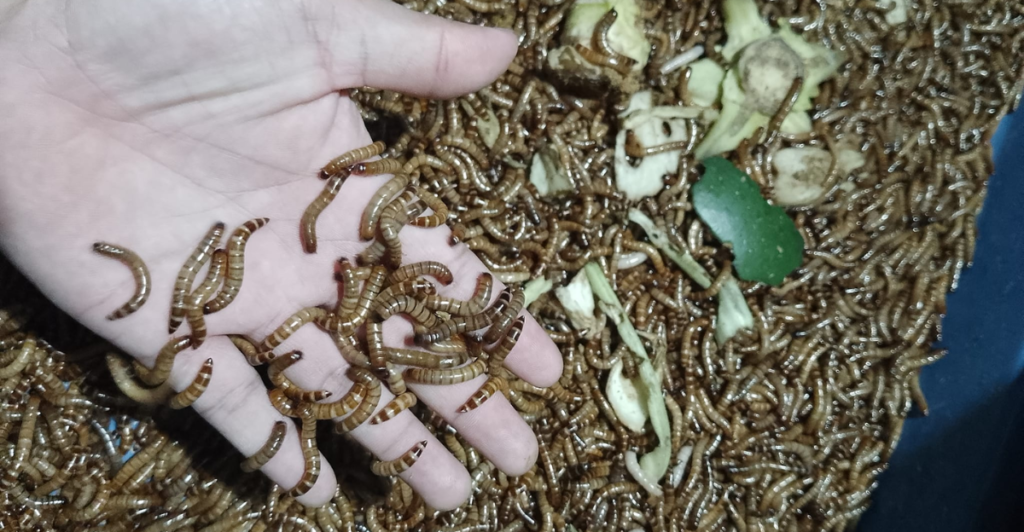
The ability of mealworms to digest plastic lies in their gut microbiota. The Kenyan study showed that the bacteria within the mealworms’ digestive systems changed depending on their diet. When fed polystyrene, the larvae had higher levels of bacteria known to break down complex substances. In the study, the team fed larvae a diet combining polystyrene and bran, which showed higher consumption and survival rates than those fed polystyrene alone. This suggests that gut bacteria play a crucial role in facilitating plastic degradation.
Potential for Large-Scale Application
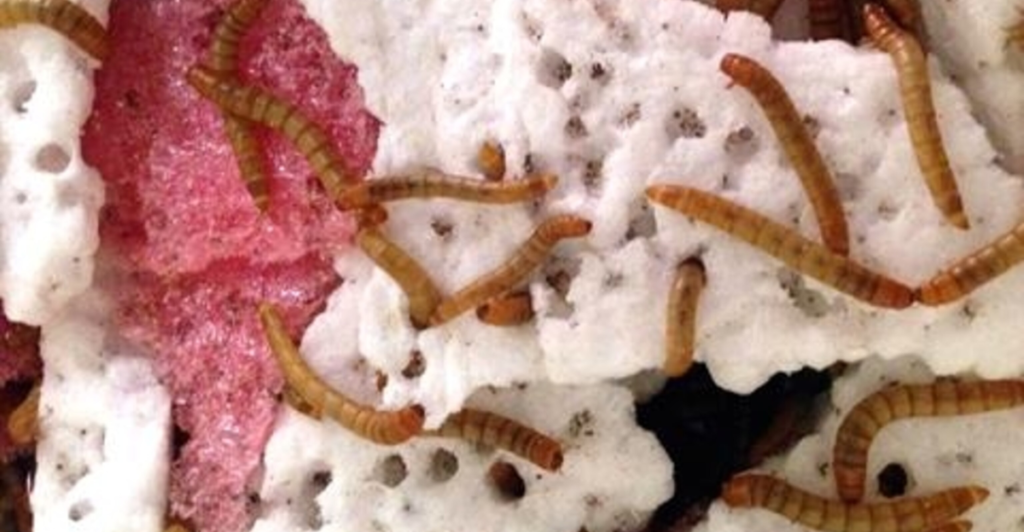
The discovery of plastic-degrading bacteria in mealworms presents opportunities for large-scale applications. For example, by isolating these bacteria and their enzymes, scientists aim to develop microbial solutions capable of addressing plastic waste more efficiently. This approach could lead to eco-friendly alternatives, challenging the notion of traditional recycling methods, which are often costly and can generate additional pollutants.
Circular Economy Integration

Further application of this discovery can revolutionize waste management, particularly in the circular economy model, by using these organisms to biodegrade plastics. This integration can transform waste into valuable resources, since mealworms can convert plastic into biomass that serves as protein-rich feed for livestock, thus creating a sustainable cycle where waste is continuously repurposed. This approach could reduce our reliance on traditional plastic disposal methods.
Challenges in Implementation
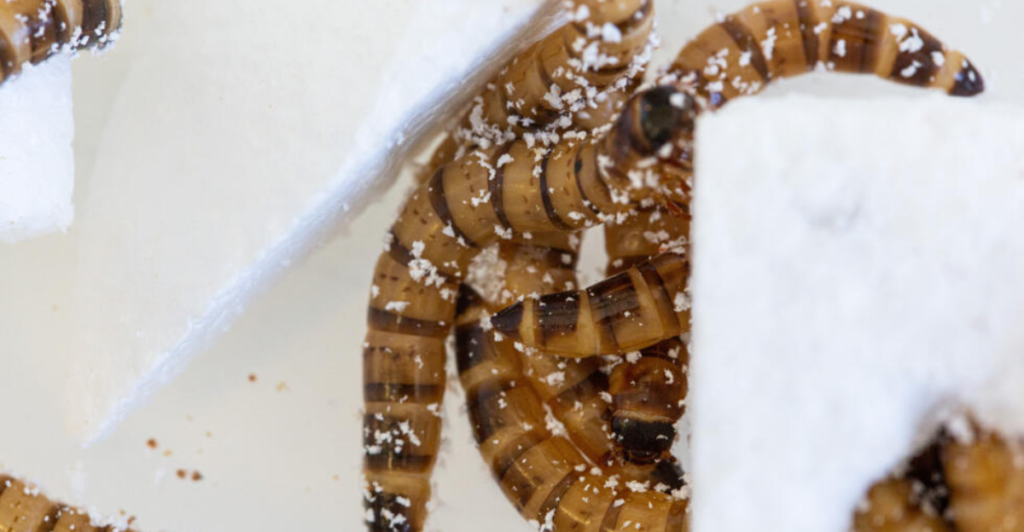
Despite its promising potential, there are several challenges to the immediate application of mealworm-based plastic degradation. For example, scaling up the process to address the vast plastic waste already polluting our planet would require significant infrastructure and resources, such as funding. Additionally, integrating such biological solutions into existing waste management systems poses logistical and economic challenges.
Environmental and Ethical Considerations
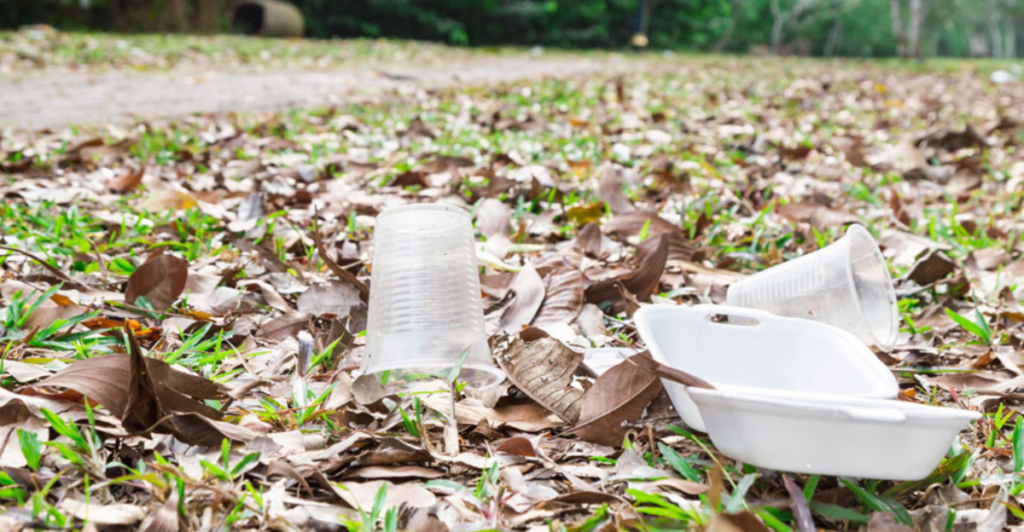
There are also environmental and ethical considerations: how would introducing mealworms or their bacterial enzymes into new environments affect ecosystems? To answer this question, more studies need to be conducted to ensure that these biological agents do not disrupt local ecosystems or outcompete native species. Therefore, complete environmental assessments and controlled applications are the first steps and essential in assessing any potential risks.
Complementary Strategies
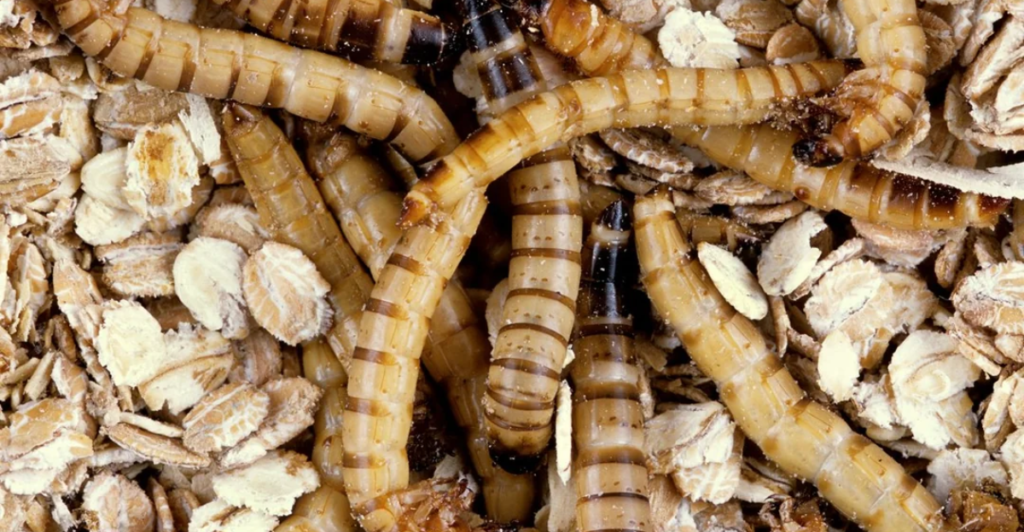
While mealworm-based solutions offer exciting possibilities, they should complement, not replace, existing waste management strategies. By using already established methods and mealworm-based solutions to address plastic pollution, we can enhance recycling infrastructure, promote the use of biodegradable materials, and reduce plastic production. In doing so, we are essentially creating more effective and efficient ways to solve this man-made problem without totally relying on natural species.
Other Natural Solutions
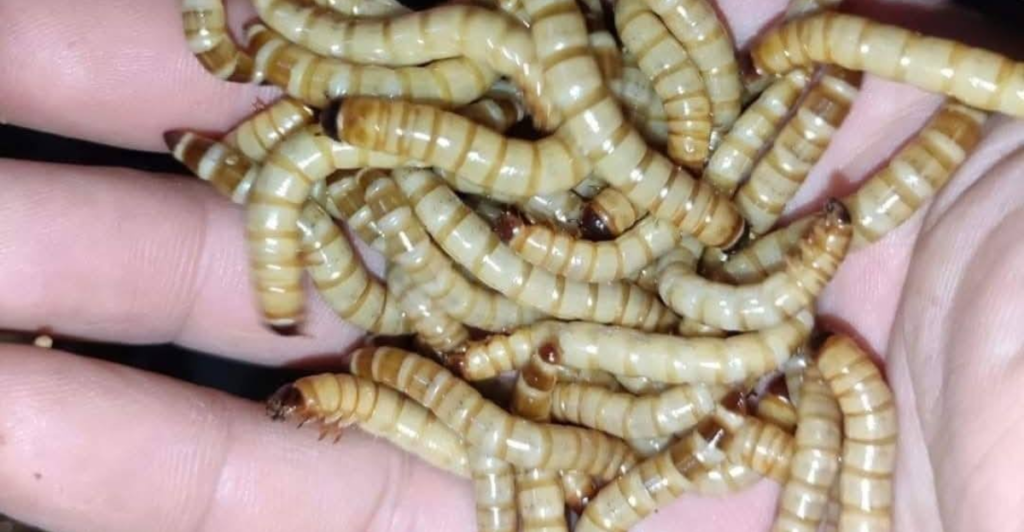
There are other cases where natural species have helped address and solve man-made problems. For example, mycoremediation has been explored to address oil spills. This method uses fungi to degrade or isolate environmental contaminants in soil and water. Now, mealworms could represent a similar breakthrough for plastic pollution. Both species show the potential for biological solutions to environmental problems.
Future Research Directions
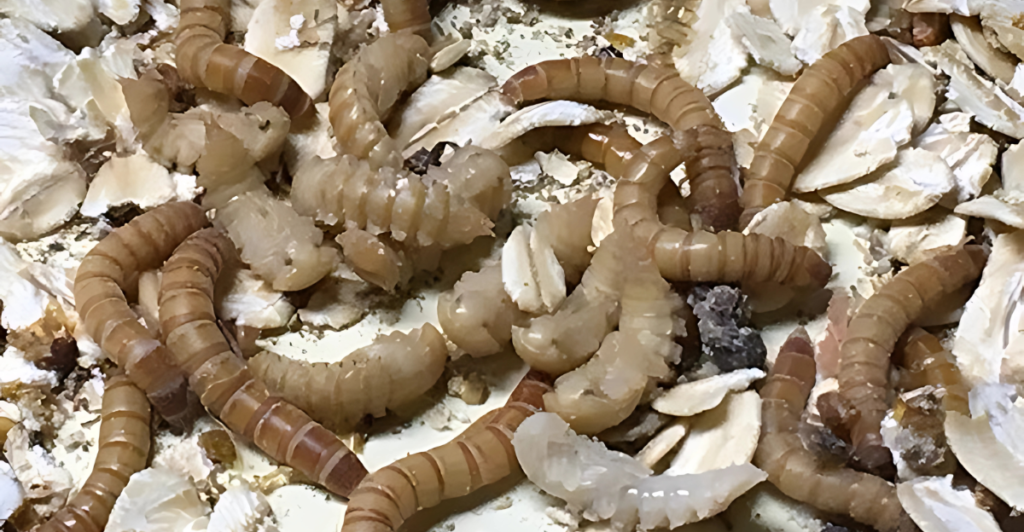
Ongoing research aims to optimize the efficiency of using mealworms and their gut bacteria in plastic degradation. Thus far, scientists are exploring genetic engineering techniques to enhance the plastic-degrading capabilities of these bacteria and investigate the potential of applying these biological processes to other types of plastics beyond polystyrene. However, the consequences of this plastic degradation method also need to be explored and addressed before this is considered both helpful and harmful to the environment.
A Step Towards Sustainable Solutions
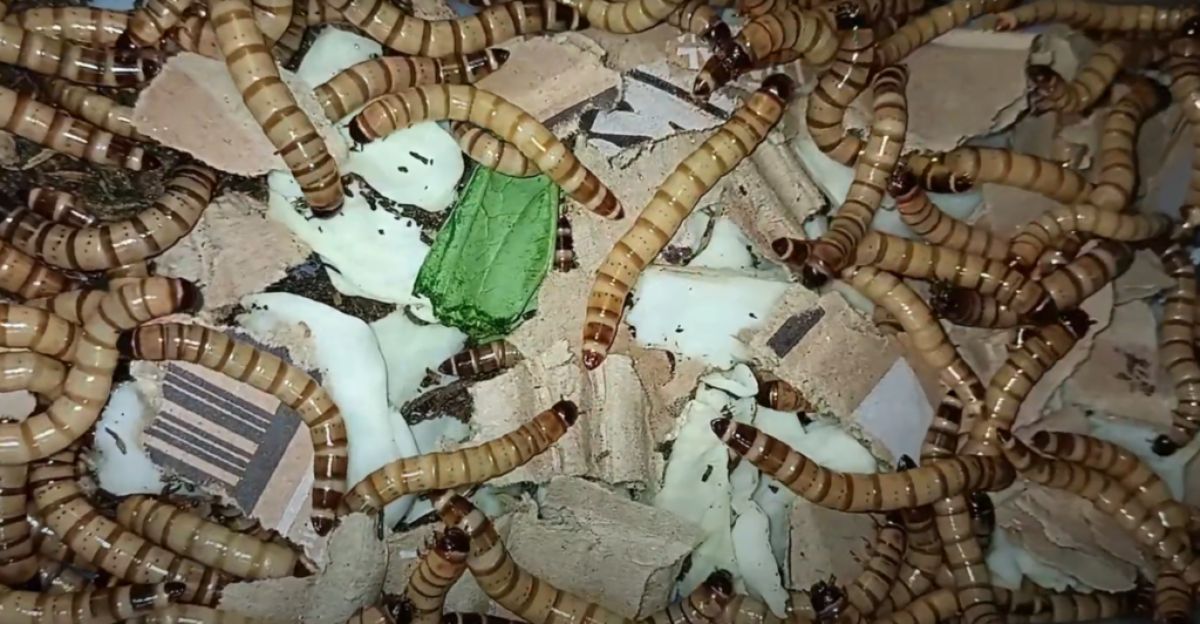
The discovery of plastic-eating mealworms provides a fascinating and promising avenue for addressing plastic waste in a holistic and sustainable way. However, it is not to be used as a standalone remedy. Instead, integrating such a biological approach with existing waste management practices offers a versatile strategy to combat plastic pollution. Continued research, public awareness, and policy support are essential to harness the full potential of these innovative solutions.
Explore more of our trending stories and hit Follow to keep them coming to your feed!
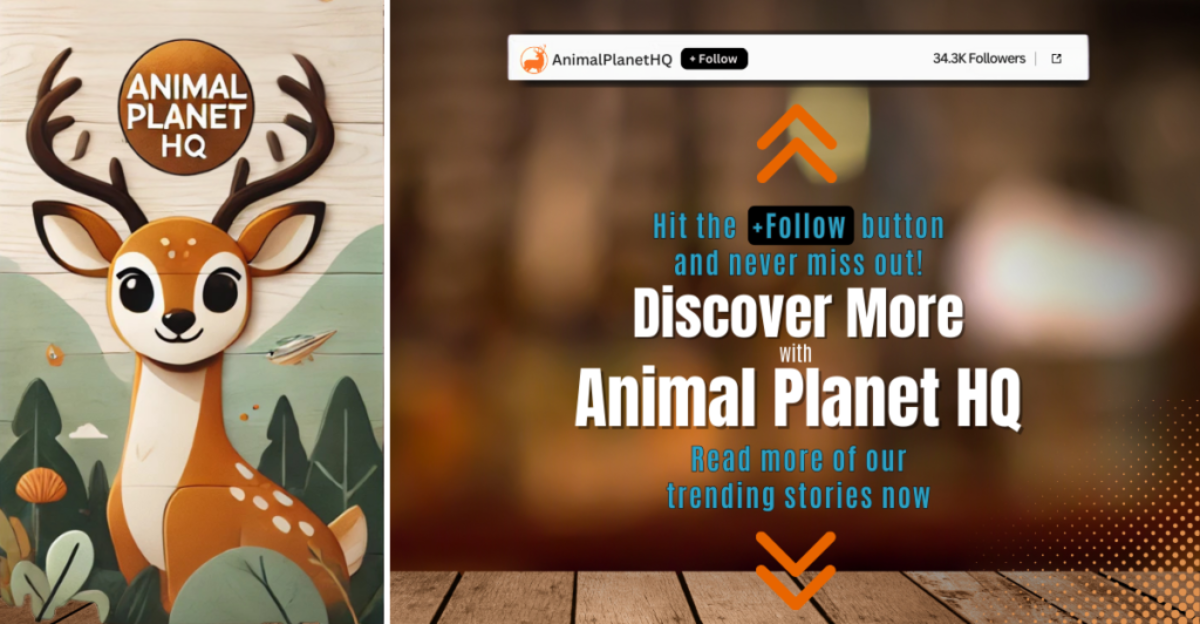
Don’t miss out on more stories like this! Hit the Follow button at the top of this article to stay updated with the latest news. Share your thoughts in the comments—we’d love to hear from you!







